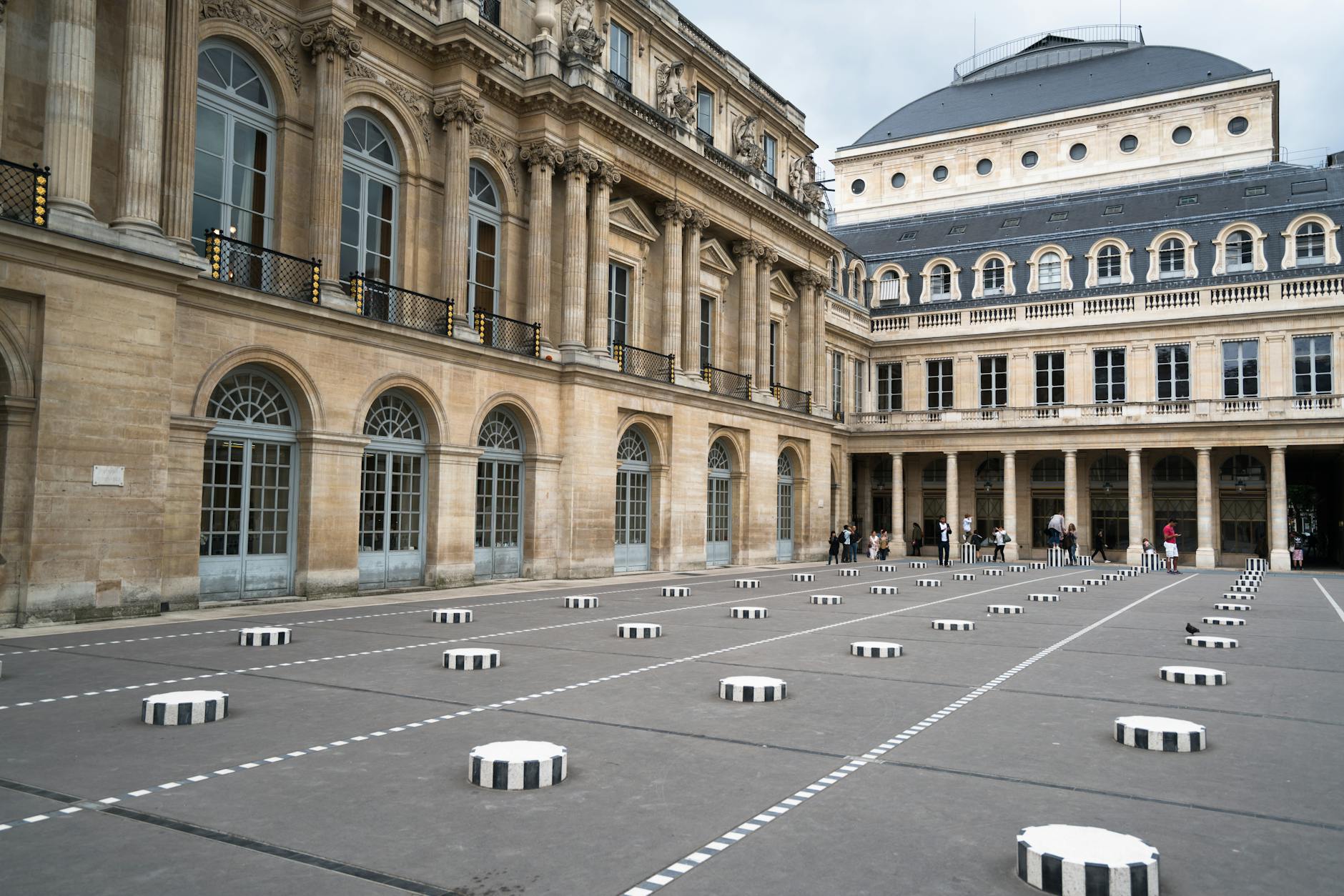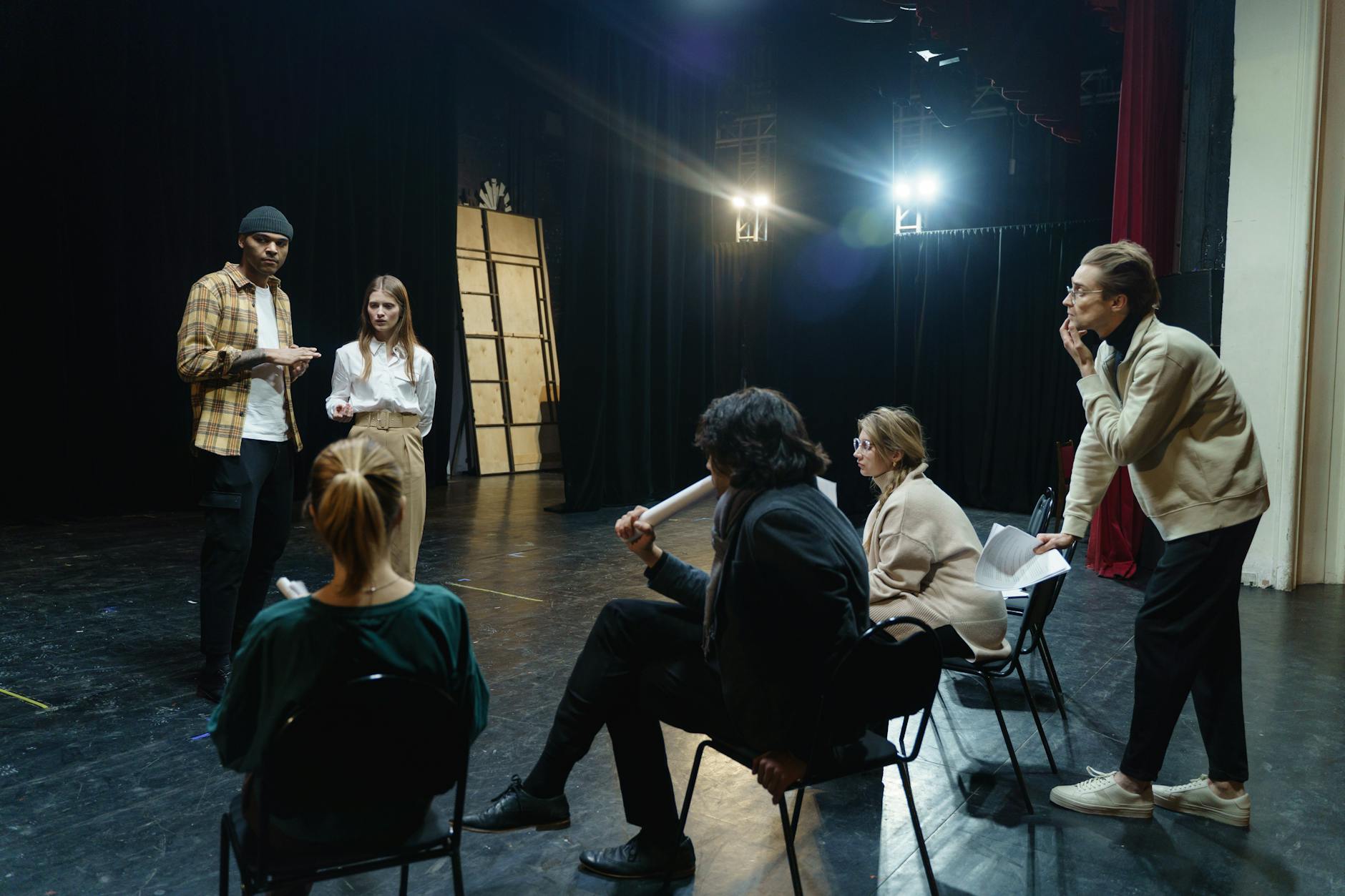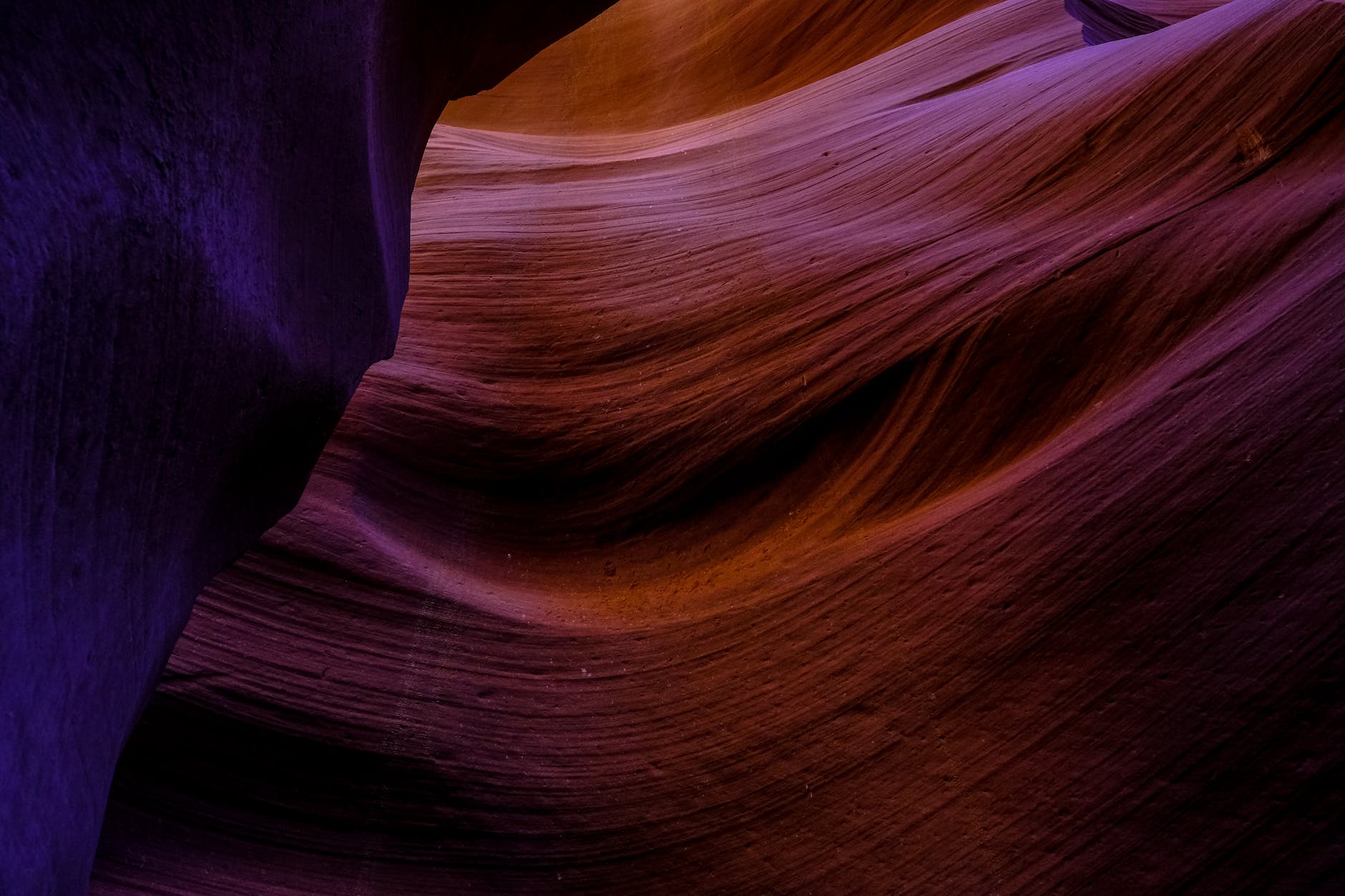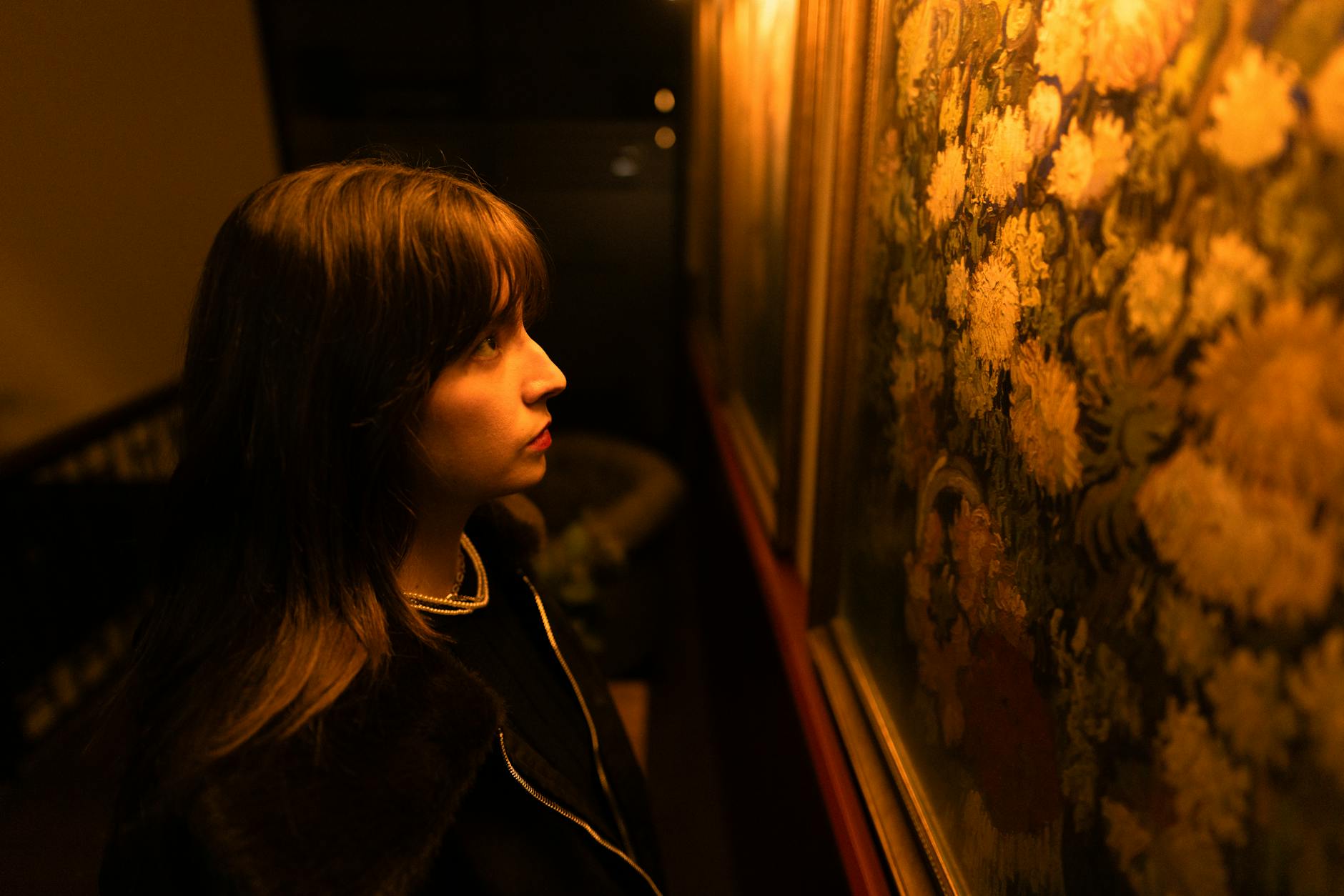Psychedelic art, characterized by its vibrant colors and unique patterns, offers more than just a visual spectacle. It serves as a gateway to exploring the deeply intricate inner dimensions of human consciousness. This art form possesses an uncanny ability to externalize the visionary realms accessed through introspection and altered states, allowing us to navigate the complex multidimensionality of our interior landscapes.
Psychonauts have long utilized various vehicles such as meditation, dreams, and psychoactive substances to initiate journeys of self-discovery. However, the means to express these experiences often evades even the most articulate of explorers. This is where psychedelic art steps in, expressing the inexpressible and taking viewers on a voyage through the artist’s subconscious.
Beneath the swirling kaleidoscopic colors and morphing shapes, there lies a tapestry of symbolism. This language of the subconscious mind communicates concepts far beyond ordinary literal representations. As renowned psychiatrist Carl Jung asserted, symbolic images are expressions of archetypes, universal patterns buried deep within our collective unconsciousness. These archetypes are brought to life through psychedelic art, opening a window into an artist’s personal encounter with the self and the cosmos.
Perhaps one of the most remarkable illustrations of this form of self-exploration through art can be glimpsed in the works of visionary artist Alex Grey. Grey’s intricate portrayals of inner dimensions speak volumes about the interconnectedness of all beings and the multidimensionality of consciousness. His artwork can be seen as a visual representation of mind expansion, facilitating the viewer’s journey into their own subconscious depths.
Much like Grey’s artwork, the emerging genre of visionary art further emphasizes the notion of consciousness exploration. Contemporary artist Amanda Sage, for instance, infuses her psychedelic art with echoes from another realm, offering a peek into the spiritual and energetic aspects of existence that lie beyond our ordinary perception.
While psychedelic art has been around for decades, its popularity surged during the 1960s, paralleling the counterculture movement and the exploration of consciousness expansion. Since then, its influence continues to wade into the mainstream art world, pushing boundaries and prompting us to question our own perception of reality.
Despite the various interpretations stemming from psychedelic art, its core essence is centered around a potent form of introspection. It seeks to reveal the layered intricacies of the mind, where the walls of consciousness are pushed aside to delve into the realm of the subconscious. This unyielding quest for self-discovery invokes a deep sense of connection with oneself and the universe, blurring the lines between the outer and inner worlds.
What sets psychedelic art apart is its ability to universally resonate with various individuals across different cultures and walks of life. Regardless of personal experience with altered states of consciousness, viewers can identify with the core themes of interconnectedness, unity, and divinity that psychedelic art embraces.
Psychedelic art continues to serve as an essential tool for exploring the depths of human consciousness. It expresses what words fail to capture, illuminating the mazes of the subconscious mind and reflecting the hidden realms within the human psyche.
Ultimately, psychedelic art prompts us to ponder upon the profound dimensions that make up our very existence. Regardless of whether one sees it as a manifestation of mind expansion or a pathway to the self, it undoubtedly stands as a testament to the ever-unfolding mystery that is human consciousness.
In the end, the exploration of inner dimensions through psychedelic art remains a profoundly personal journey. Thus, the true beauty of each piece resonates within the viewer’s interpretation, the silent interaction between the visible and the invisible, the external and the internal, the conscious and the subconscious, thereby illustrating the stunning complexity of human introspection.








